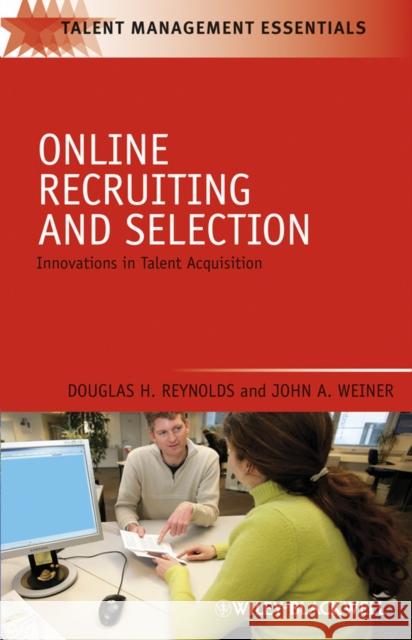Online Recruiting and Selection: Innovations in Talent Acquisition » książka
topmenu
Online Recruiting and Selection: Innovations in Talent Acquisition
ISBN-13: 9781405182294 / Angielski / Miękka / 2009 / 232 str.
Online Recruiting and Selection: Innovations in Talent Acquisition
ISBN-13: 9781405182294 / Angielski / Miękka / 2009 / 232 str.
cena 148,95 zł
(netto: 141,86 VAT: 5%)
Najniższa cena z 30 dni: 147,13 zł
(netto: 141,86 VAT: 5%)
Najniższa cena z 30 dni: 147,13 zł
Termin realizacji zamówienia:
ok. 30 dni roboczych
Bez gwarancji dostawy przed świętami
ok. 30 dni roboczych
Bez gwarancji dostawy przed świętami
Darmowa dostawa!
In Online Recruiting and Selection, Reynolds and Weiner provide an accessible introduction to implementing and operating Web-based tools for hiring in organizations.
- Discusses recent trends and their implications for new advancements in the field of technology-based hiring
- Explains key factors for developing an effective recruiting web site, choosing the right assessment tools, and designing integrated talent acquisition systems
- Discusses issues such as the proper environment for deploying tests and other assessments, the implications of global access, and data security and privacy policies
- Reviews regulations and professional standards for measurement and personnel selection, including new rules governing the treatment of Internet job applicants, the Standards for Educational and Psychological Testing, and the Principles for the Validation and Use of Personnel Selection Procedures











